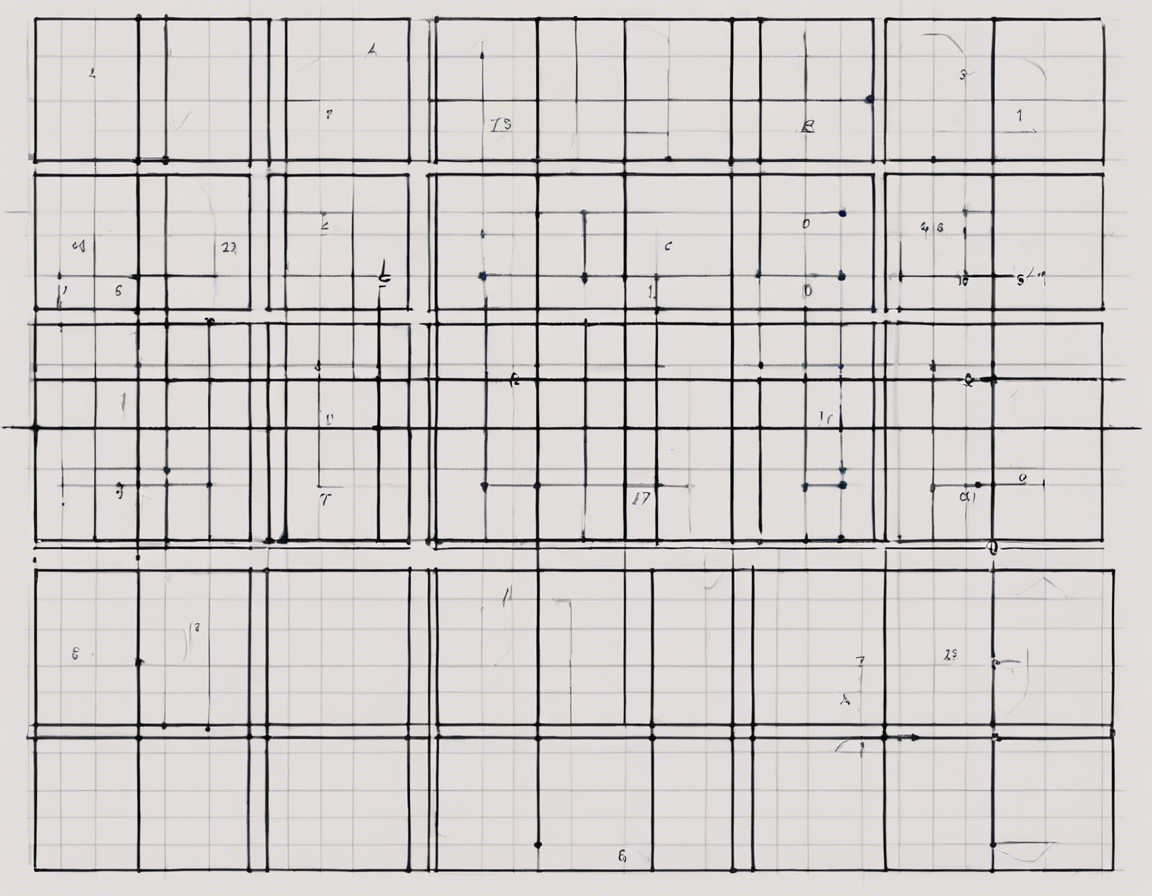When it comes to basic geometry, one of the fundamental shapes we encounter is the square. With its four equal sides and four right angles, the square is a shape that we encounter in various aspects of our lives, from architecture to mathematics. One key concept related to squares is calculating the perimeter, which is the distance around the outside of the square. In this article, we will delve into the details of how to calculate the perimeter of a square, why it is important, and provide a step-by-step guide to help you understand the process better.
Understanding the Basics
Before we delve into how to calculate the perimeter of a square, it is essential to understand the basic properties of a square. Here are some key points to remember:
- A square is a polygon with four sides of equal length.
- All angles in a square are right angles, measuring 90 degrees.
- The perimeter of a square is the sum of the lengths of all four sides.
Formula for Calculating the Perimeter
To calculate the perimeter of a square, you can use a simple formula:
Perimeter = 4 x side length
In this formula, the side length represents the length of one side of the square. By multiplying the side length by 4, you can find the total distance around the outside of the square, which is the perimeter.
Step-by-Step Guide to Calculating the Perimeter
Now, let’s walk through a step-by-step guide to calculate the perimeter of a square:
-
Identify the Side Length: The first step is to determine the length of one side of the square. Let’s say the side length is given as s.
-
Use the Formula: Plug the side length into the formula for the perimeter of a square:
Perimeter = 4 x s
- Calculate the Perimeter: Multiply the side length by 4 to find the perimeter. For example, if the side length is 5 units, the perimeter would be:
Perimeter = 4 x 5 = 20 units
- Include Units: Remember to include the appropriate units in your answer, whether it is inches, feet, meters, or any other unit of measurement.
Importance of Calculating Perimeter
Understanding how to calculate the perimeter of a square is not only essential for academic purposes but also has real-world applications. Here are some reasons why knowing how to calculate the perimeter is important:
-
Construction: Architects and builders often need to calculate perimeters to determine the amount of material required for projects, such as fencing or tiling.
-
Landscaping: In landscaping projects, knowing the perimeter of a square area can help in planning the layout of pathways, gardens, or other features.
-
Math Skills: Calculating perimeters helps in developing mathematical skills, including understanding formulas, multiplication, and units of measurement.
-
Problem-Solving: Being able to calculate perimeters sharpens your problem-solving skills and analytical thinking.
Tips and Tricks
Here are some additional tips and tricks to keep in mind when calculating the perimeter of a square:
- Check for Accuracy: Double-check your calculations to ensure accuracy, especially when dealing with real-world applications.
- Units Matter: Pay attention to units and make sure all measurements are in the same unit before calculating the perimeter.
- Practice Makes Perfect: The more you practice calculating perimeters, the more comfortable you will become with the process.
Frequently Asked Questions (FAQs)
1. Can the perimeter of a square be negative?
No, the perimeter of a square, like any other geometric measurement, cannot be negative. Perimeter represents a physical distance and is always a positive value.
2. How is calculating the perimeter of a square different from calculating the area?
Calculating the perimeter of a square involves finding the total length around its outer boundary, while calculating the area involves determining the space enclosed within the square.
3. Is the perimeter of a square always equal to four times its side length?
Yes, in a square, all four sides are equal in length, so the perimeter is always four times the length of one side.
4. Can the perimeter of a square be a decimal number?
Yes, the perimeter of a square can be a decimal number, depending on the measurements of the sides provided.
5. How does calculating the perimeter of a square relate to real-life scenarios?
Understanding how to calculate the perimeter of a square is useful in various real-life scenarios, such as measuring the length of a room, determining the amount of fencing needed for a garden, or calculating the perimeter of a piece of land.
In conclusion, knowing how to calculate the perimeter of a square is a foundational skill in geometry that has practical applications in various fields. By understanding the basic properties of a square, using the formula for perimeter, and following a step-by-step guide, you can easily calculate the perimeter of a square and apply this knowledge in everyday situations.
